Baldur’s Gate 3 is a very complex and rewarding RPG. Since it’s directly based on Dungeons & Dragons 5th Edition, that means familiarity with the ruleset from tabletop D&D is extremely helpful, though not necessary. Regardless of your prior knowledge, combat can feel overwhelming in BG3.
I’ve been playing (but mostly DMing) D&D 5E off and on for over six years with everyone from veterans to brand new players, and I still had to relearn and adapt some knowledge when starting Baldur’s Gate 3. Needless to say, it’s a lot to take in since, as of this writing, Baldur’s Gate 3 is still very much in Early Access and lacks detailed tutorials.
In this combat tips guide, I’ll cover the basics of combat and general mechanics to get you up to speed on what stuff means and how to succeed. I also have an advanced combat guide, which you can see here if you’re already familiar with what’s below.
Baldur’s Gate 3 Combat Basics and Mechanics
Before we get into the nitty-gritty details of how to become a true badass in the world of Baldur’s Gate 3, we need to go over some basics.
Regardless of if you played classic Baldur’s Gate games, other old-school top-down RPGs, or even Divinity Original Sin 1 or Divinity Original Sin 2, Baldur’s Gate 3 has some major differences.
At its core, it’s just D&D 5E, so if you’re familiar with that, then you’re going to be approaching this from a well-informed place.
Taking an Action
First and foremost, Baldur’s Gate 3 has a fully turn-based combat system that lets you move around the map freely and perform actions, very similar to Divinity Original Sin. It’s crucial to understand, though, the types of actions you can take each turn.
Baldur’s Gate 3 does not use an AP (Action Points) system at all, instead splitting things into types of actions. At the core of the game, there are three main types of actions that happen each turn: Move Action, Standard Action, and Bonus Action.
During a character’s turn, you can move up to your total speed/distance, which is usually 30 ft. This can be spread out into multiple small movements, one long movement — it doesn’t matter. You also get to do a Standard Action, which is usually something like an attack, using an object or item, casting a spell, and so on.
Finally, there’s the bonus action, which is usually a little different for every class. Things like dipping a weapon in fire is a bonus action for everyone, and some classes get to do offhand attacks as a bonus action or use some minor spells. It just varies.
It’s crucial to know that you can mix and match these as you see fit. So you could climb up onto a ledge to get the high ground, shoot your bow at an enemy, then climb back down to get behind cover — then still attempt to hide as a bonus action all in one turn. It’s quite versatile.
Attacking, Damage, and Advantage
Now to explain the difference between Attacks, Damage, Saving Throws, and so on.
Attacks
Your Attack stat is the likelihood that your attack will hit your target and is always calculated using a 20-sided die, or a d20. Think of it as the accuracy of your swing or arrow if you’re proficient with a weapon (meaning, your character knows how to use it well), that gives a bonus to Attack.
Damage
Separately, your Damage is just what it sounds like. Damage is presented as a die roll on each weapon you equip, plus your modifiers and bonuses. For example, a sword that does 1d6+2 means that a six-sided die is rolled, and whatever number pops up, +2, is your damage.
For example, if your Rogue is proficient with a longbow that does 1d8 damage +2, then on your character sheet (press “N” to see it), it will show a +5 bonus to Attack rolls with ranged weapons. That means, in real D&D, you’d roll a d20 and add 5 to the result to see if you hit the enemy.
This number needs to meet or beat the enemy’s AC (Armor Class) for your hit to register. So if that goblin has an AC of 13 and you roll a 9 on a d20, you’d add 5, giving you 14. Boom, that’s a hit! Then you’d roll an eight-sided die and add 2 to that number. That’s your damage.
How it all works
In D&D, you physically roll all these dice to see what happens, but in Baldur’s Gate 3, Larian boils it down for you. When you hover over an enemy, the game just shows you a percentage that’s essentially the math on your Attack and Damage stats applied to that situation.
All of this is complicated a bit further because of other factors like Advantage, Disadvantage, and other bonuses.
In D&D, if you have Advantage, that means you get to roll two d20 dice and pick the highest number as your result. Disadvantage, naturally, means you roll two and pick the lowest. Once again, Baldur’s Gate 3 just does the math of determining what that means for your percentage to hit for you.
There are also sneak attacks from stealth, threat, proximity to enemies, and more. If you want to know all of the factors at play, it shows up under the enemy’s nameplate when hovering over them.
Saving Throws
Some abilities will have a character make a Saving Throw instead of checking the Attack roll against AC. This is most often used for some Spells and Status Effects.
For example, let’s say you cast the spell Acid Splash, which attacks an enemy’s Dexterity. Instead of rolling your Attack die to try and hit them, you cast the spell, and then the character has to pass a Dexterity Saving Throw.
The number they need to hit is based on their resistance and whatever your Spellcasting Modifier is. If the enemy is proficient, they get bonuses on the Saving Throw. If they fail the throw, it usually results in more damage or something like that.
Saving Throws are also used for other things like whether or not you trigger a trap, whether or not you get poisoned, whether or not you slip on ice, etc. You should try and put your characters in situations that they’d excel in, such as high-Dexterity characters like Rogues searching for traps or high-Strength characters like Fighters near ledges so they can resist getting shoved off.
Death Saving Throws
There are also Death Saving Throws. Once a character reaches 0 HP, you’re in a downed state. On each subsequent turn, your character will have to make a Death Saving Throw or get a 10 or higher on a d20 not to fail. If they fail three times, they’re fully dead. If they pass three times, they’re stabilized and conscious at 1 HP.
When a character dies in Baldur’s Gate 3, they’re dead unless you can revive them. But revives are few and far between, especially at lower levels.
Short Rest vs. Long Rest
Between rounds of combat, you will need to utilize the rest system. There are two types of rest: Short Rest and Long Rest.
You can use one Short Rest between Long Rests as a quick way to top up a bit of health and recharge any abilities that say they recharge after a Short Rest. You can do a Short Rest basically instantly, wherever you are.
Long Rests are a little different. Long Rests will fast forward time at least eight hours and convert over to the following day. I haven’t failed any really time-sensitive things that I’m aware of due to a Long Rest, but it’s highly likely quests and events will be in the game that are affected by this. Time is a common thing to keep top of mind in actual D&D.
Things I Hope Larian Adds or Changes in Early Access
This section might come off as a list of grievances, but it’s actually an excellent compliment. Larian Studios has done such an incredible job of adapting tabletop D&D into a video game, arguably the best adaptation I’ve ever seen, to be honest, that I can’t help but want it to be even more perfect.
As a result, there are still some features and aspects I’d love to see added or tweaked just a little bit. For the sake of staying on topic, I’m not going to belabor the point that iconic classes like Druids and Paladins aren’t available at character creation yet or that it’s missing Dragonborns, Gnomes, and other core races — but yeah, that stuff too.
Here are some things I’d love to see added or changed:
The Dodge Action
Instead of using up your standard Action on an attack or something else, you can take the Dodge action. Think of it as your character readying themselves to be attacked and trying to avoid the hit. Taking this action ensures anyone attacking you until the start of your next turn has disadvantage on that attack. You also have advantage on all Dexterity saving throws. It’s a crucial missing feature that would be super useful to have as a fallback in sticky situations.
Readying Attacks
This concept is a classic of tactical turn-based games, whether it be tabletop or video games. In XCOM, it’s called Overwatch, but the idea is that you “prepare” an attack and give it a certain condition to trigger.
For example, a Rogue may knock an arrow and point it at a door, and it will fire immediately if someone enters. Or a fighter readies a swing for an enemy to approach rather than approaching the enemy.
Show combat rolls
Right now, the default UI shows you the percentage chance you have to land a hit in combat. It calculates this based on dice rolls and does the math for your modifiers, advantage or disadvantage, etc. It just tells you the raw percentage.
I’d prefer the option to instead see the dice roll math on-screen for every attack. You can see some of it in the combat log on the right side, but it’s not the same. Animating the dice would be another neat feature, similar to Skill Checks in conversations.
There is plenty more I’d love to see added to Baldur’s Gate 3, and there are tons of other valid tips to improve combat success. Make sure and check my Advanced Tactics guide linked at the top of this guide for even more granular details about specific things you can do in fights to get an edge!

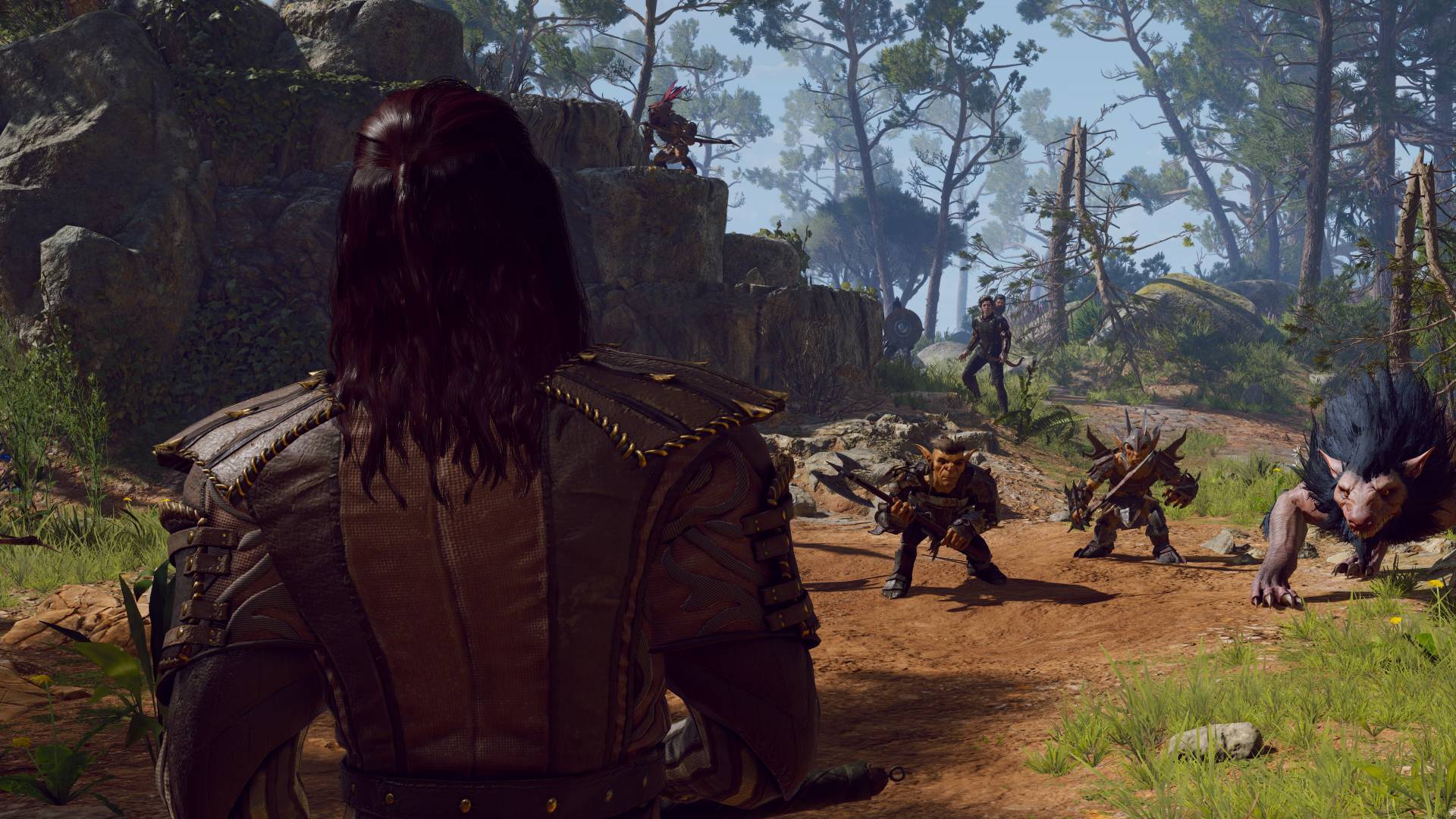
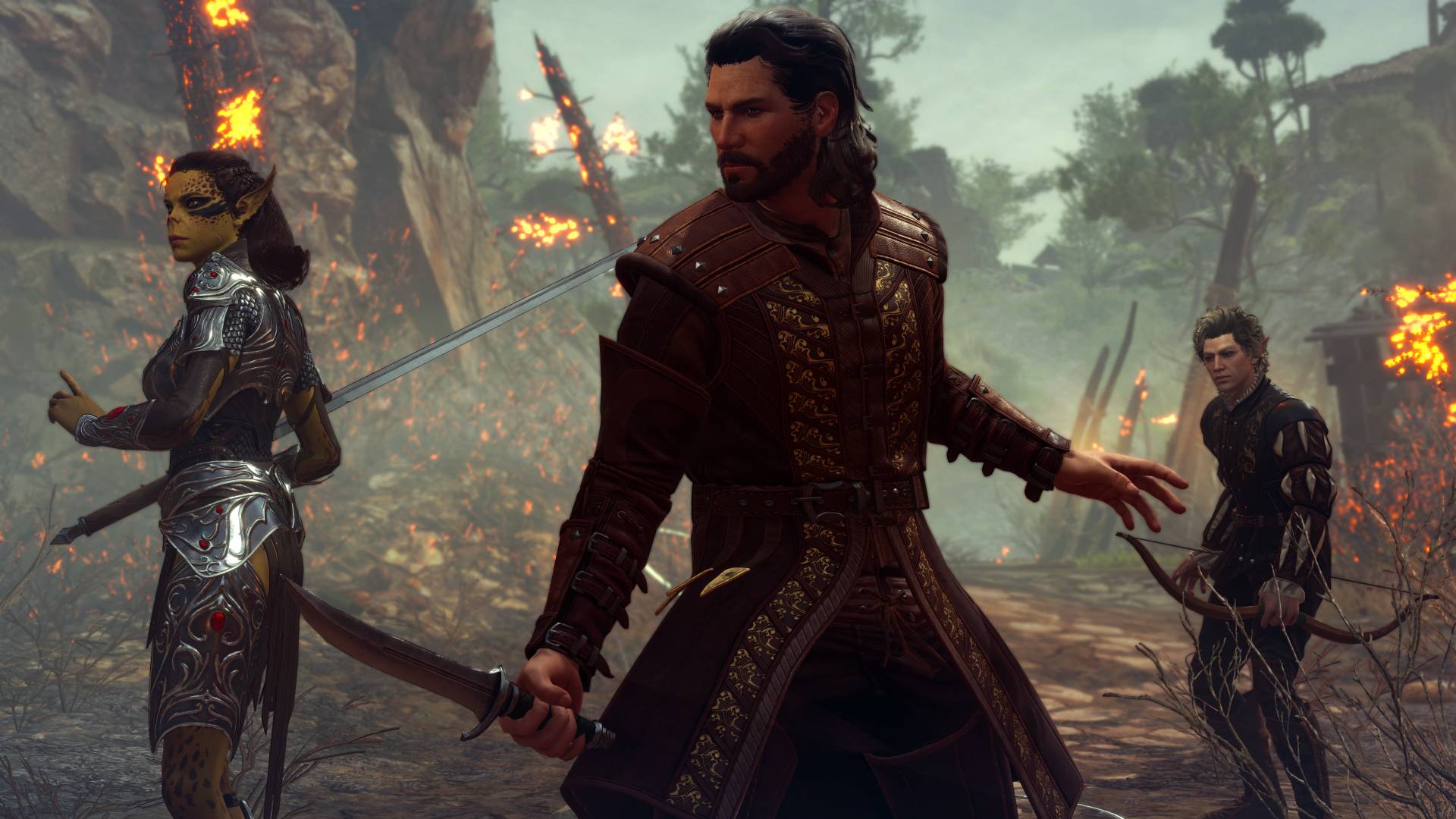
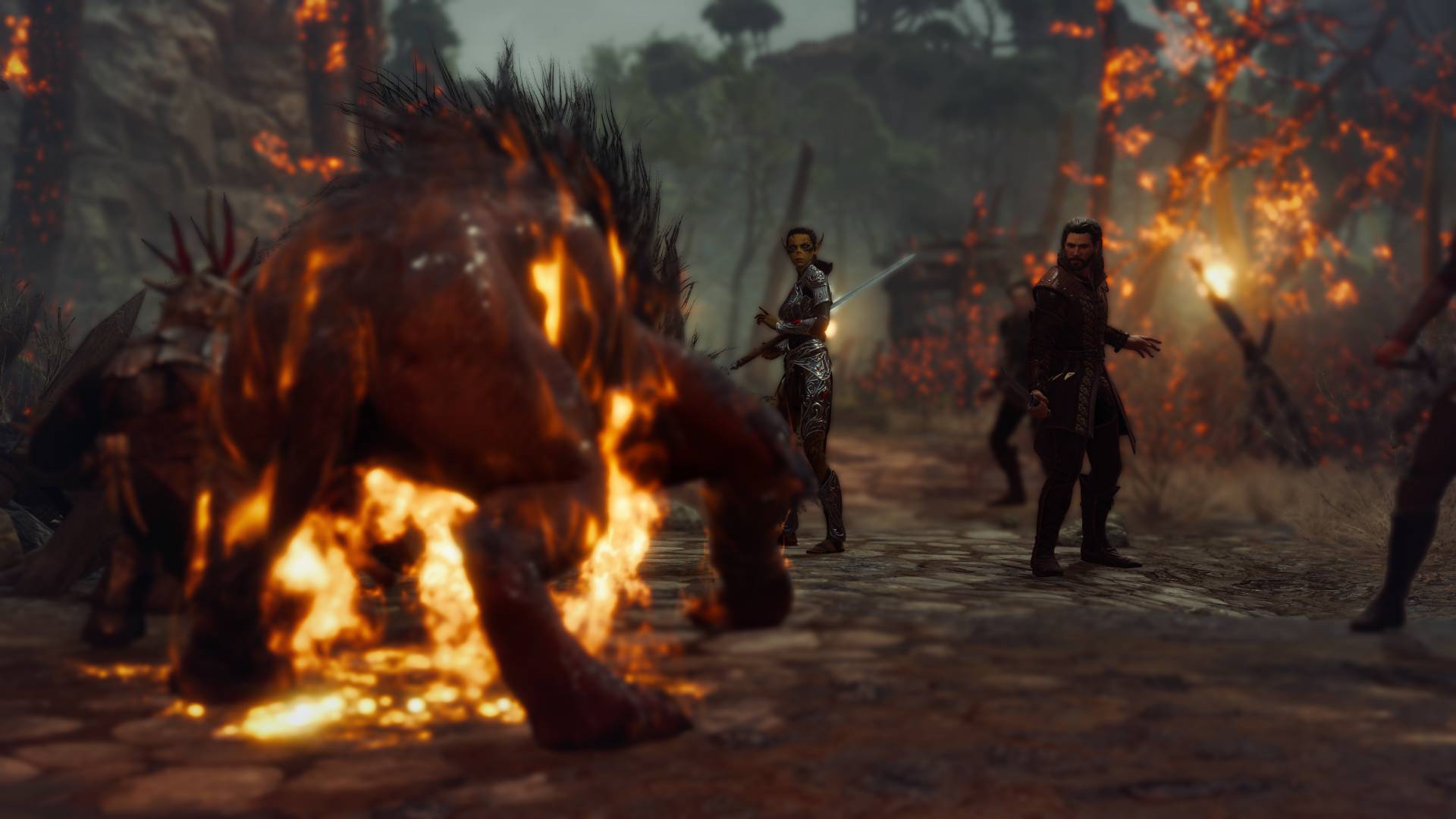
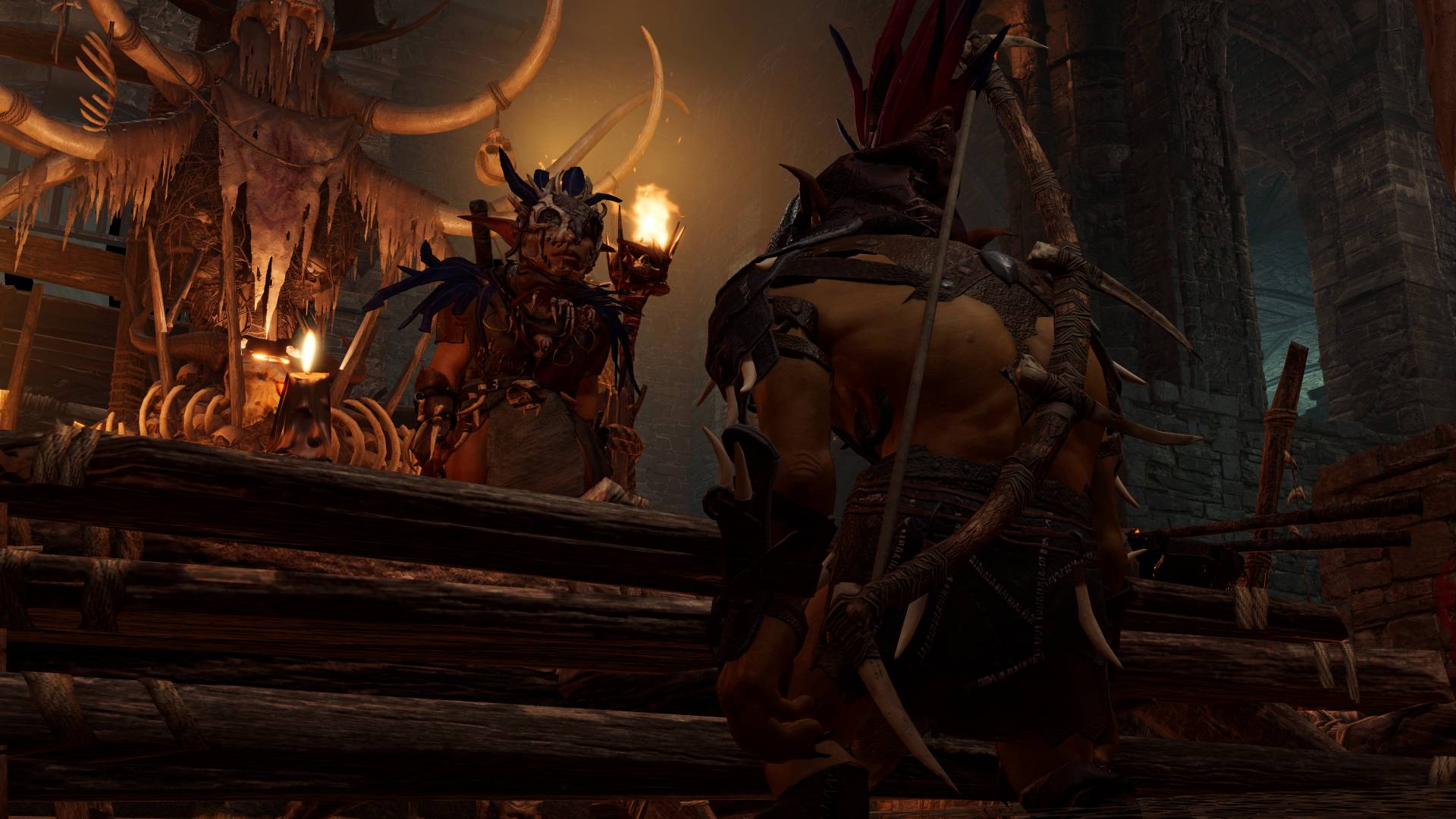
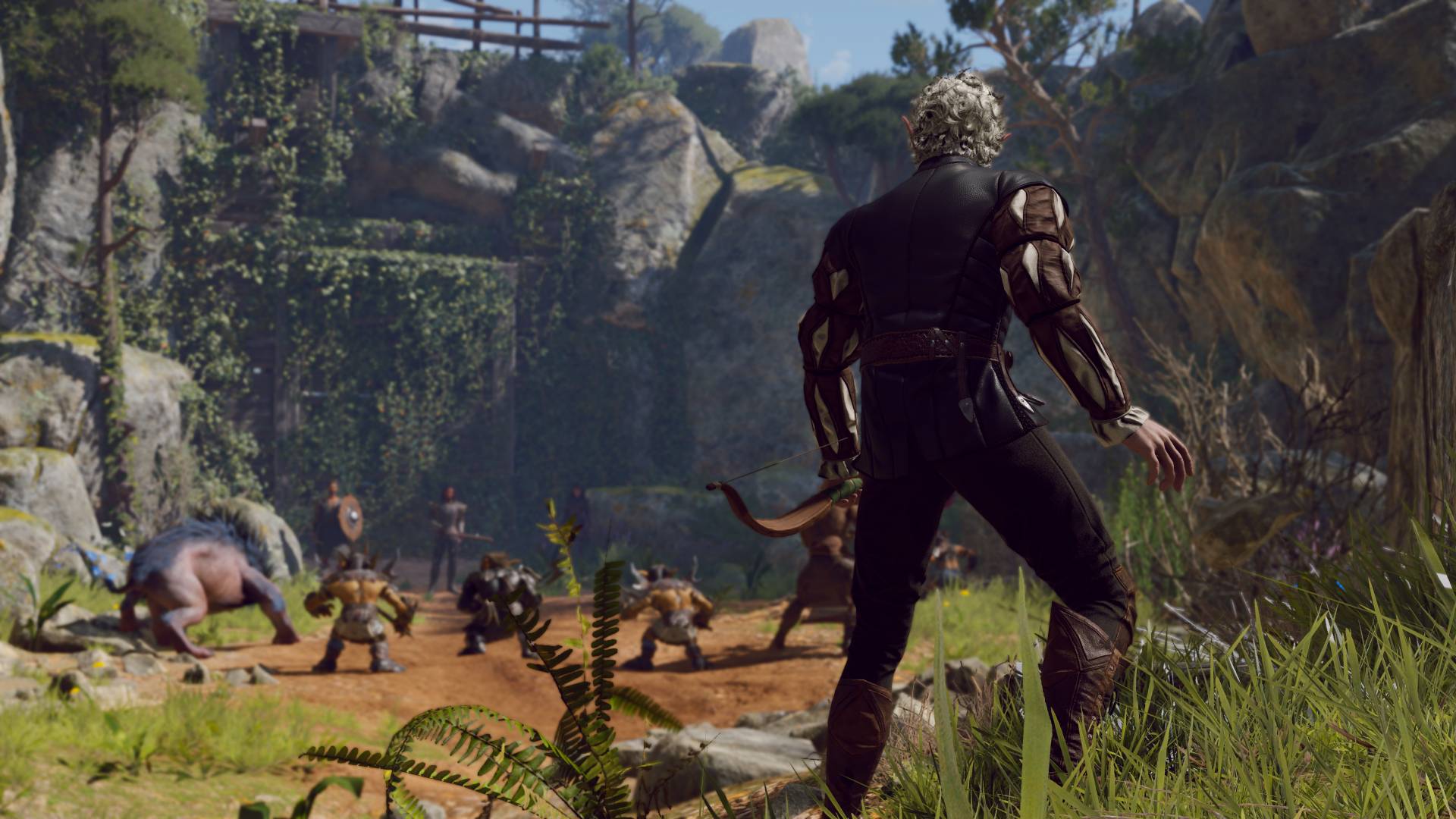





Published: Oct 16, 2020 05:15 pm